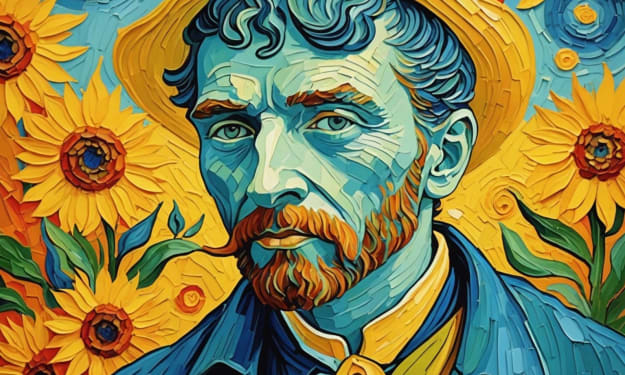THE HISTORY OF PHOTOGRAPHY
Created by, Say story

INTRODUCTION:
The history of photography spans several centuries and is a fascinating journey through technological advancements, artistic expression, and cultural transformations. Here is a brief overview of the key milestones in the history of photography.
1. Invention of the Camera Obscura (5th century BCE - 16th century CE): The camera obscura, a precursor to the modern camera, was a darkened room or box with a small hole that allowed light to pass through and project an image onto a surface. It was used by artists as a tool for drawing and understanding perspective.
2. Discovery of Light-Sensitive Materials (18th century): In the late 18th century, scientists and inventors began experimenting with light-sensitive materials. Thomas Wedgwood and Nicéphore Niépce were among the pioneers in creating images using materials like silver nitrate and bitumen, but their methods were not yet practical for permanent image creation.
3. Invention of the Daguerreotype (1839): Louis Daguerre, in collaboration with Nicéphore Niépce, developed the daguerreotype process, which involved exposing a silver-plated copper sheet to light and using mercury vapor to develop the image. The resulting images were remarkably detailed and marked the birth of practical and commercially viable photography.
4. Calotype and Paper-Based Photography (1841): William Henry Fox Talbot invented the calotype process, which used paper coated with silver iodide to create negatives that could be used to produce multiple prints. This introduced the concept of photography as a reproducible medium.
5. Collodion Process and Wet Plate Photography (1851): Frederick Scott Archer introduced the collodion process, which involved coating a glass plate with a mixture of collodion and light-sensitive chemicals. This wet plate process provided sharper and more detailed images compared to earlier methods.
6. Introduction of Dry Plate and Roll Film (1870s-1880s): The development of dry plates, invented by Richard Leach Maddox, eliminated the need for immediate processing, making photography more convenient. Later, George Eastman introduced roll film, which was more flexible and allowed multiple exposures without changing plates.
7. Introduction of Dry Plate and Roll Film (1870s-1880s): The development of dry plates, invented by Richard Leach Maddox, eliminated the need for immediate processing, making photography more convenient. Later, George Eastman introduced roll film, which was more flexible and allowed multiple exposures without changing plates.
8. Birth of the Kodak Camera (1888): George Eastman's introduction of the Kodak camera revolutionized photography by simplifying the process. The Kodak camera came preloaded with roll film, and after capturing a set number of images, the entire camera was sent to the company for processing and reloading.
9. Introduction of Flexible Film and 35mm Format (1890s-1900s): The flexible film, made from celluloid, replaced glass plates and roll film, making photography more accessible and portable. In 1913, Oskar Barnack created the first 35mm still camera, which became a standard format for both still and motion picture photography.
10. Rise of Color Photography (1930s-1940s): Technological advancements led to the widespread adoption of color photography. Processes such as Kodachrome and Ektachrome allowed photographers to capture and reproduce vibrant, lifelike colors.
11. Digital Photography (1970s-1980s): The development of digital imaging sensors and the advent of digital cameras in the 1970s and 1980s marked a significant shift in photography. Digital photography offered instant feedback, image manipulation possibilities, and the ability to store and share images digitally.
12. Smartphone Photography (2000s-present): With the rise of smartphones equipped with increasingly advanced cameras, photography has become more accessible and integrated into everyday life. Smartphone photography has transformed the way we capture, share, and experience images, contributing to the democratization of photography.
The history of photography is rich and complex, with countless technological and artistic innovations shaping its evolution. Each milestone has played a role in expanding the possibilities of capturing and preserving moments in time, reflecting the intersection of science, art, and human creativity.
About the Creator
Justine Sayon
HI, I'M JUSTINE SAYON FROM THE PHILIPINES AND I WRITE VARIOUS ARTICLE AND STORY. I HOPE YOU ALL LIKE IT.
THANK YOU VERY MUCH. :)






Comments
There are no comments for this story
Be the first to respond and start the conversation.